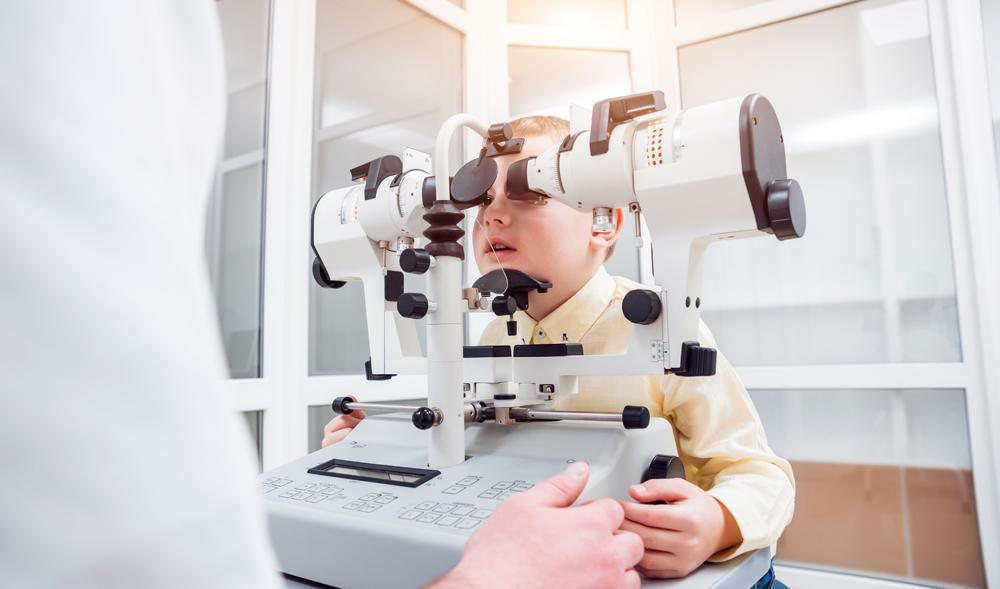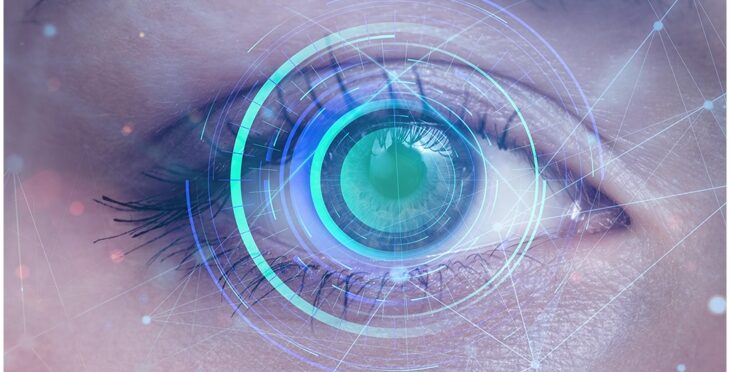Expert Glaucoma Service Near Me: Advanced Treatment Options
The Duty of Advanced Diagnostic Equipment in Identifying Eye Disorders
In the realm of ophthalmology, the utilization of innovative diagnostic devices has revolutionized the early recognition and management of various eye conditions. As the need for accurate and prompt medical diagnoses continues to grow, the assimilation of sophisticated devices like optical comprehensibility tomography and aesthetic field testing has ended up being important in the world of eye care.
Importance of Early Medical Diagnosis
Very early diagnosis plays a pivotal role in the efficient administration and therapy of eye problems. Prompt recognition of eye conditions is essential as it permits timely treatment, possibly preventing additional development of the condition and reducing long-lasting complications. By discovering eye problems at a beginning, healthcare suppliers can offer appropriate treatment plans tailored to the specific problem, inevitably bring about much better outcomes for clients. In addition, very early medical diagnosis allows individuals to access needed support services and resources faster, enhancing their general top quality of life.

Technology for Finding Glaucoma
Cutting-edge analysis innovations play an important function in the very early detection and monitoring of glaucoma, a leading reason of irreparable blindness worldwide. One more sophisticated tool is visual field testing, which maps the level of sensitivity of a person's aesthetic field, aiding to discover any areas of vision loss characteristic of glaucoma. These sophisticated analysis tools enable ophthalmologists to identify glaucoma in its very early stages, allowing for timely intervention and better administration of the illness to stop vision loss.
Role of Optical Comprehensibility Tomography

OCT's capability to measure retinal nerve fiber layer density enables for exact and unbiased dimensions, helping in the very early discovery of glaucoma also prior to visual field issues emerge. OCT innovation permits longitudinal monitoring of structural modifications over time, assisting in customized therapy plans and timely treatments to help protect individuals' vision. The non-invasive nature of OCT imaging also makes it a recommended choice for keeping track of glaucoma development, as it can be repeated on a regular basis internet without creating discomfort to the client. Generally, OCT plays a vital duty in improving the analysis accuracy and administration of glaucoma, inevitably adding to far better results for individuals at danger of vision loss.
Enhancing Diagnosis With Visual Field Testing
A vital element in comprehensive sensory examinations, aesthetic area testing plays a pivotal duty in enhancing the analysis procedure for different eye conditions. By examining the full level of a person's visual field, this test supplies essential information regarding the practical honesty of the whole visual pathway, from the retina to the visual cortex.
Aesthetic area screening is particularly useful in the diagnosis and monitoring of conditions such as glaucoma, optic nerve disorders, and various neurological conditions that can influence vision. Via quantitative dimensions of outer and central vision, clinicians can find subtle modifications that may indicate the existence or progression of these problems, even before visible symptoms take place.
Moreover, visual area testing enables for the monitoring of therapy efficiency, assisting ophthalmologists tailor restorative interventions to specific patients. eyecare near me. By tracking modifications in aesthetic area performance with time, health care carriers can make enlightened choices concerning adjusting medications, suggesting surgical interventions, or carrying out various other ideal procedures to maintain or boost an individual's visual function
Managing Macular Deterioration

Final Thought
In verdict, progressed analysis devices play an important function in determining eye problems early on. Technologies such as Optical Coherence Tomography and aesthetic area testing have actually considerably boosted the look at here precision and performance of diagnosing conditions like glaucoma and macular degeneration.